Table of Contents
AYN RAND is the author of Atlas Shrugged, philosophically the most challenging bestseller of its time. Her first novel, We the Living, was published in 1936, followed by Anthem. With the publication of The Fountainhead, she achieved a spectacular and enduring success. Rands unique philosophy, Objectivism, has gained a worldwide audience. The fundamentals of her philosophy are set forth in such books as Introduction to Objectivist Epistemology, The Virtue of Selfishness, Capitalism: The Unknown Ideal, and The Romantic Manifesto. Journals of Ayn Rand, The Ayn Rand Reader, and The Art of Fiction are available in Plume editions. Ayn Rand died in 1982.
ROBERT MAYHEW, Ph.D. is an associate professor of Philosophy at Seton Hall University. He is the editor of Ayn Rands Marginalia and has lectured extensively on Rand.
PETER SCHWARTZ is chairman of the board of directors of the Ayn Rand Institute, as well as an instructor of an advanced writing course at the Institutes Objectivist Graduate Center.

PLUME
Published by Penguin Group
Penguin Group (USA) Inc., 375 Hudson Street, New York, New York 10014, U.S.A.
Penguin Group (Canada), 90 Eglinton Avenue East, Suite 700, Toronto, Ontario,
Canada M4P 2Y3 (a division of Pearson Penguin Canada Inc.)
Penguin Books Ltd., 80 Strand, London WC2R ORL, England
Penguin Ireland, 25 St Stephens Green, Dublin 2, Ireland (a division of Penguin Books Ltd.)
Penguin Group (Australia), 250 Camberwell Road, Camberwell, Victoria 3124,
Australia (a division of Pearson Australia Group Pty. Ltd.)
Penguin Books India Pvt. Ltd., 11 Community Centre, Panchsheel Park,
New Delhi110 017, lndia
Penguin Group (NZ), 67 Apollo Drive, Rosedale, North Shore 0745, Auckland,
New Zealand (a division of Pearson New Zealand Ltd.)
Penguin Books (South Africa) (Pty.) Ltd., 24 Sturdee Avenue, Rosebank,
Johannesburg 2196, South Africa
Penguin Books Ltd., Registered Offices: 80 Strand, London WC2R ORL, England
First published by Plume, a member of Penguin Group (USA) Inc.
First Plume Printing, February 2001
Copyright Estate of Ayn Rand, 2001 All rights reserved
The Politics of Fear and Hope by James Reston from The New York Times, May 6, 1969. Copyright The New York Times Company, 1969.

REGISTERED TRADEMARK-MARCA REGISTRADA
LIBRARY OF CONGRESS CATALOGING-IN-PUBLICATION DATA
Rand, Ayn.
The art of nonfiction: a guide for writers and readers / Ayn Rand ; edited by Robert Mayhew ; introduction by Peter Schwartz.
p. cm.
Includes index.
eISBN : 978-1-101-13729-1
1. Authorship. I. Mayhew, Robert. II. Title.
PN147 .R35 2001
808.02dc21
00-045666
Kirch
Without limiting the rights under copyright reserved above, no part of this publication may be reproduced, stored in or introduced into a retrieval system, or transmitted, in any form, or by any means (electronic, mechanical, photocopying, recording, or otherwise), without the prior written permission of both the copyright owner and the above publisher of this book.
PUBLISHERS NOTE
The scanning, uploading, and distribution of this book via the Internet or via any other means without the permission of the publisher is illegal and punishable by law. Please purchase only authorized electronic editions, and do not participate in or encourage electronic piracy of copyrighted materials. Your support of the authors rights is appreciated.
BOOKS ARE AVAILABLE AT QUANTITY DISCOUNTS WHEN USED TO PROMOTE PRODUCTS OR SERVICES. FOR INFORMATION PLEASE WRITE TO PREMIUM MARKETING DIVISION, PENGUIN GROUP (USA) INC., 375 HUDSON STREET, NEW YORK, NEW YORK 10014.
http://us.penguingroup.com
INTRODUCTION
T o all the practitionersand to all the discouraged, might-have- been practitionersof the art of nonfiction writing, the author of this book offers an invaluable service: she de-mysticizes writing.
The process of writing is widely regarded as an impenetrable mystery. Good writing, it is believed, is the product of some inborn ability, which can be neither objectively defined nor systematically learned. Like ardent religionists who insist that the road to truth is open only to those who are visited by divine revelation, many teachers of writing claim that the path to effective prose can be traversed only if one is struck by the inexplicable thunderbolt of inspiration.
Ayn Rand rejects this idea. She maintains that writing is a rational sphere, governed by rationally identifiable principles.
Writing is no more difficult a skill than any other, such as engineering, she says. Like every human activity, it requires practice and knowledge. But there is nothing mystical to it. Since writing is essentially the act of communicating your thoughts clearly, it can be done competently by virtually everyone: Any person who can speak English grammatically can learn to write nonfiction.... What you need for nonfiction writing is what you need for life in general: an orderly method of thinking.
In analyzing the process of writing, her starting pointunlike that of other theoristsis not the content of the writers mind, but the source of such content: the facts of reality. On this philosophic issue, Ayn Rand was an unyielding advocate of the Aristotelian view, which she described as the primacy of existencethe view that the universe exists independent of anyones awareness of it, that the function of consciousness is to grasp, not to create, reality, and that the absolutism of existence is what ought to shape ones thoughts (and actions).
This is the premise that underlies her approach to writing. Repudiating the standard, subjectivist perspective, she holds that writing is to be treated as an objective science: Whenever you have a problem, whether you are writing an article or building a doghouse, do not look inside for the solution. Do not ask: How do I do it? Why dont I know it? Look outside and ask: What is the nature of the thing I want to do? From this, she proceeds to discuss the nature of writing and its consequent requirements, such as the strict need to delimit ones subject and theme, or the indispensability of an outline. She provides clear, perceptive principles about the psychological process of writing (such as the different roles played by the conscious mind and the subconscious), along with methodical advice to guide you through the process (from getting ideas, to choosing your subject and theme, to polishing your draft).
The primacy of extrospection over introspection leads to another important principle of writing. Ayn Rand urges writers to direct their attention solely to their workto what is needed to do it well, to how to solve problems that arisebut not to its supposed meaning for ones worth as a person: If you have difficulty with writing, do not conclude that there is something wrong with you. Writing should never be a test of self-esteem.
Of course, according to the mystical viewpoint, the writers self-esteem will always be at issue. If writing is a matter of being zapped with inspiration by a gracious muse, the absence of such inspiration must indicate unworthiness on the writers part.
One of the worst consequences of that viewpoint is the mental torture it inflicts upon writers. If the content of your consciousness arises causelessly, independent of reality, then writing is a journey not into the unknown, but into the unknowable. If there are no firm rules by which to proceedif one must stare passively at an empty page or empty screen, with mind idling, waiting desperately for the muse to hit the acceleratorthen writing must be laden with anxiety and guilt. It is tantamount to trying to design a computer with no principles of electronics or mechanics, only the hope of somehow being moved by the right spirit.
Next page
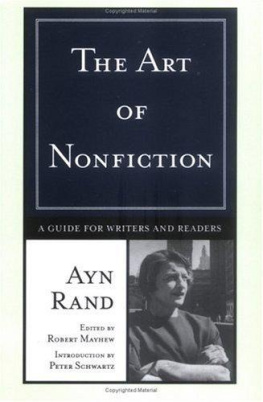


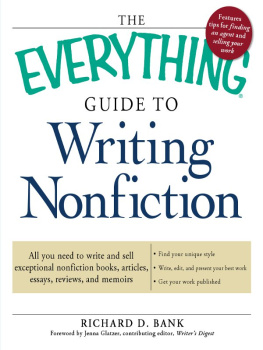

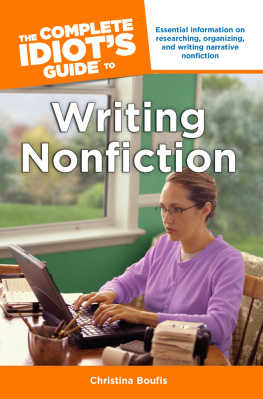
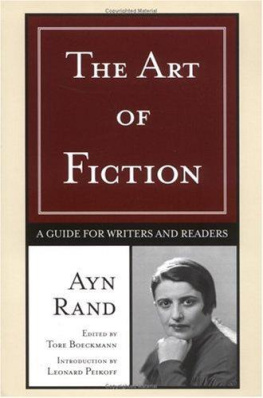
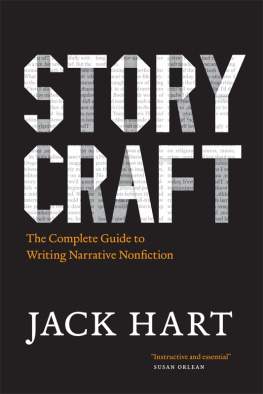
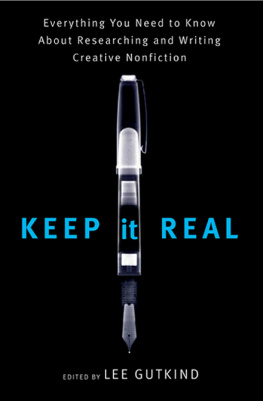
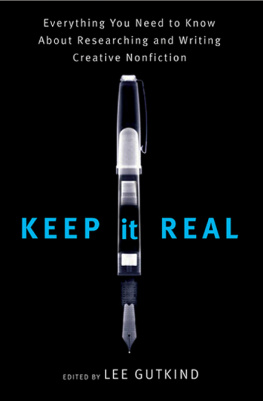

 REGISTERED TRADEMARK-MARCA REGISTRADA
REGISTERED TRADEMARK-MARCA REGISTRADA